- Author Delia Mathews [email protected].
- Public 2023-12-16 00:05.
- Last modified 2025-01-22 15:45.
Although feeder troughs are relatively inexpensive, many anglers choose to make their own. How to make a do-it-yourself feeder feeder?

It is necessary
- - galvanized mesh netting;
- - lead sheet;
- - soft stainless wire;
- - electric drill;
- - bolt;
- - nut;
- - plastic bottle.
- - scissors;
- - stapler;
- - ruler;
- - hole puncher;
- - marker;
- - lead plate.
Instructions
Step 1
Take a galvanized mesh with a mesh size of no more than 5 mm. Cut the strip to the desired size. Bend the slices gently into the future feeder trough.
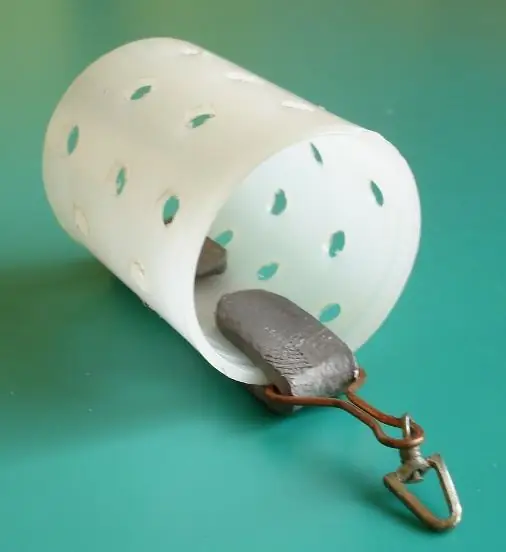
Step 2
Roll up the mesh to the desired shape. Your feeder can be triangular, round or rectangular - it's a matter of taste.
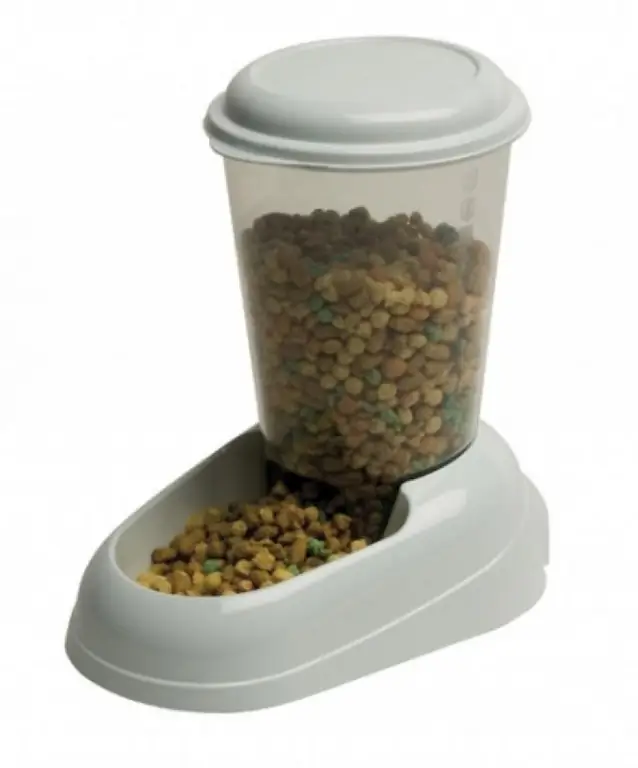
Step 3
Take a wire, preferably copper, and bend out of it a bracket on which the fishing line will be attached.
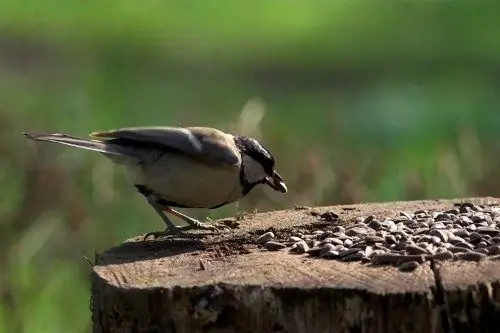
Step 4
Roll the lead sheet several times to give the feeder the desired weight. Fold the resulting strip in half. Drill a hole in its center with a drill.
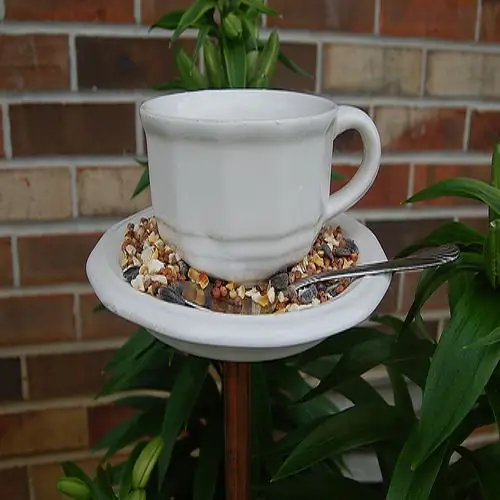
Step 5
Insert the wire tie into the fold of the lead strip.
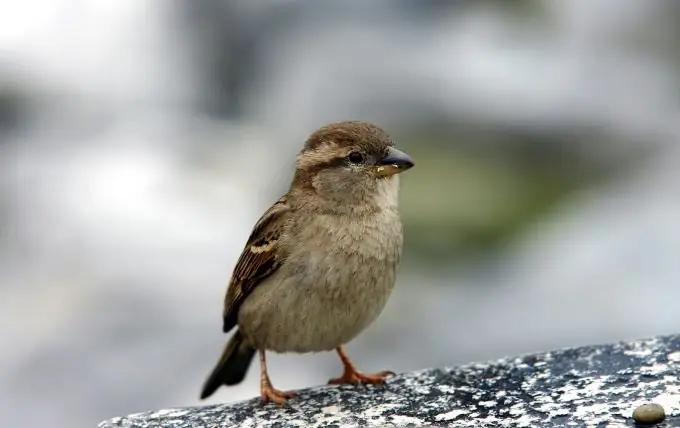
Step 6
Slide the resulting structure over the wire frame. Insert the bolt into the previously drilled hole and tighten with the nut.
Step 7
Another common option is making feeders from plastic bottles. Cut off the neck and bottom of the bottle to form a cylinder.
Step 8
Cut the cylinder with scissors and carefully spread the resulting sheet of plastic on the table. Mark the required trough size and hole location with a marker. It should be noted that the holes should be staggered, at a distance of 2 cm from each other.
Step 9
Punch holes along the previously made marks with a hole punch. Cut out the workpiece and roll it into a cylinder, securing the edges with a stapler.
Step 10
Take a lead plate and fold it over to fit your feeder. Form a ring out of the wire and make a fastener by twisting it. Install the hardware and clamp the lead plate.






